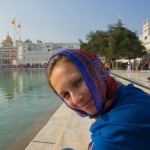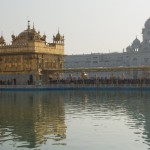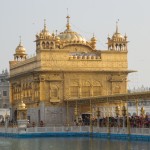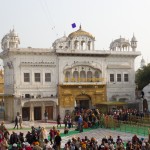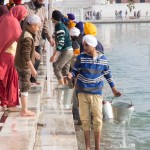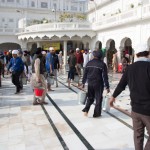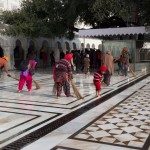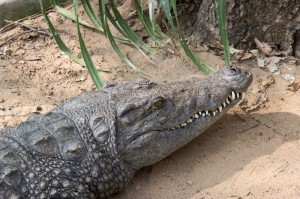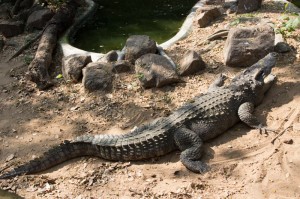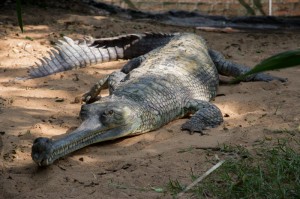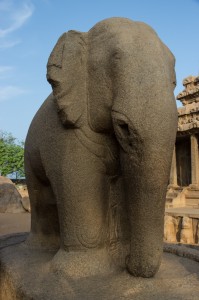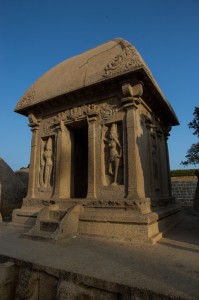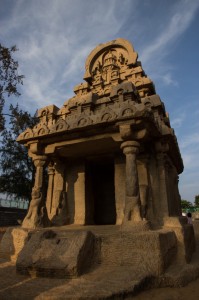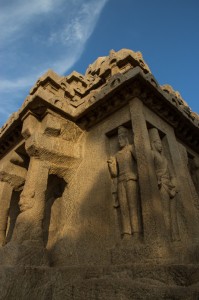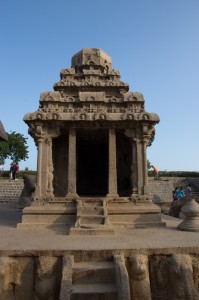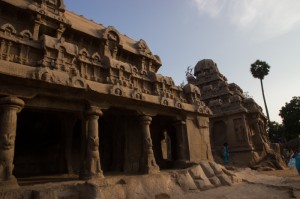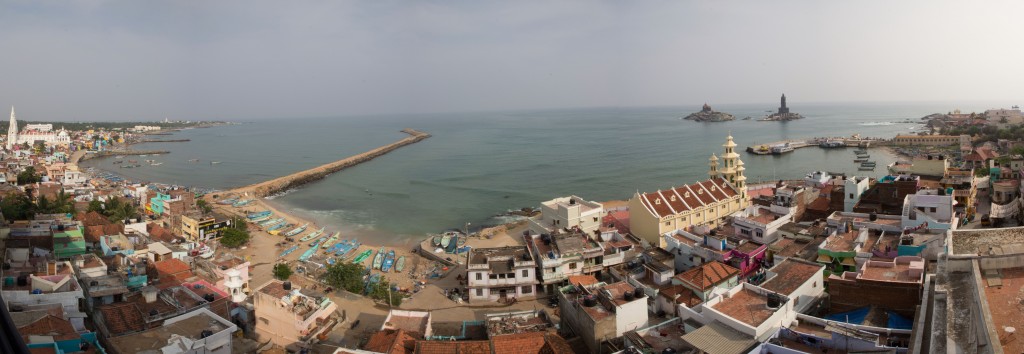We have spent the last week relaxing in the city of Pondicherry. This ex-colonial French city is perched on the coast about midway up Tamil Nadu. The French influence means that the centre of the city (also known as the heritage town) is laid out in a neat grid. Multi-storied maisons lean out over the paved roads, and a subtly present, white populace, peer over their balconies at those below.
Pavements run in front of little cafés and bakeries (Yes… Pavements in India!) and for a moment, if you let your mind wander, you can forget that you are in India all together. That is until a rickshaw bowls around the corner at berserker speed, horn blaring, forcing pedestrians to scatter in all directions.
Nicole and I, in search of some food, stumbled across a beautiful courtyard restaurant. It had palms and trees sprouting from the borders which hung over low set seating. Soft lighting strategically placed in the canopy set a pleasant mood and we went about ordering some of the finest food we have had in India so far. Nicole chose grilled swordfish, whilst I had a steak. It made a great change from weeks of idli, vada and uttapam which was becoming tiresome.
The next day we took a walk along the beach. This was no more than a short strip of sand leading down to a large jumble of black rocks which took the brunt of a strong and vicious onslaught from the waves. The water would come crashing in, break against the black rocks, and fly into the air in a salty spray that drifted in over the walkers on the sand. This was nowhere near the expectation of a calm and relaxing beach which I was looking forward to, yet I marvelled in its ferocity and we took several walks up and down during our stay.
One evening we paid a visit to a well-regarded pizzeria. They served up eighty different varieties of pizza, and we spent a good while browsing the menu before settling on some welcome food.
Nearby to the city was a small settlement called Auroville. This township was established in the sixties by ‘the mother’ a travelling woman who turned spiritual leader many years before when she founded an ashram in Pondicherry. Auroville attracts hundreds of people each year who come to volunteer and help develop the community. Originally at the time of founding, it was merely an arid desert plain, but with time and a lot of effort this place has been transformed into a lush, green oasis of plants and lawns which spread over a huge area. The town is divided up into zones and a large golden geodesic dome stands out in the open, a building which holds a large crystal that the town holds sacred. Although we did not get a chance to go inside of the dome (this requires advanced booking) we had the chance to look around the well-equipped visitor centre, which provided a restaurant, some historical information on boards and in a video room, and some shops which sold the produce of the town, items like soap and candles, as well as clothes. This visitor’s area was well constructed and sanitised in comparison to almost every other place we have been in India so far. We really wanted to see this community at work and play though, and took leave of the centre for a walk into the town itself. Although we walked a great distance, we didn’t bump into a single Aurovillian to talk to. Nicole joked that we had entered a ‘Jurassic Park’, an empty theme park, where the main attraction was missing. It was a very odd experience.

